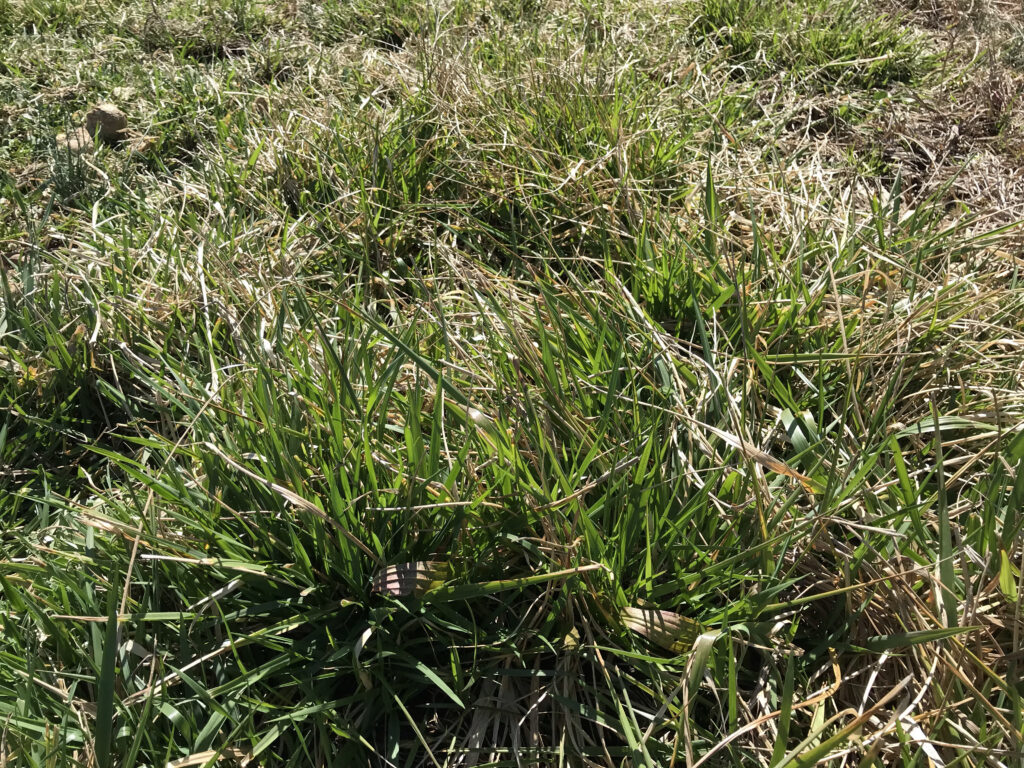Spring Management of Cool Season Pastures
go.ncsu.edu/readext?780938
en Español / em Português
El inglés es el idioma de control de esta página. En la medida en que haya algún conflicto entre la traducción al inglés y la traducción, el inglés prevalece.
Al hacer clic en el enlace de traducción se activa un servicio de traducción gratuito para convertir la página al español. Al igual que con cualquier traducción por Internet, la conversión no es sensible al contexto y puede que no traduzca el texto en su significado original. NC State Extension no garantiza la exactitud del texto traducido. Por favor, tenga en cuenta que algunas aplicaciones y/o servicios pueden no funcionar como se espera cuando se traducen.
Português
Inglês é o idioma de controle desta página. Na medida que haja algum conflito entre o texto original em Inglês e a tradução, o Inglês prevalece.
Ao clicar no link de tradução, um serviço gratuito de tradução será ativado para converter a página para o Português. Como em qualquer tradução pela internet, a conversão não é sensivel ao contexto e pode não ocorrer a tradução para o significado orginal. O serviço de Extensão da Carolina do Norte (NC State Extension) não garante a exatidão do texto traduzido. Por favor, observe que algumas funções ou serviços podem não funcionar como esperado após a tradução.
English
English is the controlling language of this page. To the extent there is any conflict between the English text and the translation, English controls.
Clicking on the translation link activates a free translation service to convert the page to Spanish. As with any Internet translation, the conversion is not context-sensitive and may not translate the text to its original meaning. NC State Extension does not guarantee the accuracy of the translated text. Please note that some applications and/or services may not function as expected when translated.
Collapse ▲Our cool season pastures are starting to green up as we begin to see warmer weather. How do we need to handle spring pastures to start off a good growing season?
It can be so tempting to send our animals out on pastures at the first signs of new spring growth. After a winter of feeding (and paying for) hay, it might seem like a logical choice to utilize the fresh growth. However, make sure you wait for the forage to reach the proper grazing height. For cool season grasses like fescue and orchard grass, this ideal height is usually around 6 inches in the spring. Waiting for the plants to reach the right height prevents livestock from overgrazing too quickly and gives the plant a chance to recover in order to produce more grazable biomass throughout the season. Grazing too short can stunt the grass and prevent it from recovering quickly. This can hurt the long-term productivity of the stand for the growing season.
On the flip side, if you don’t graze your forages enough throughout the spring, it can enter the reproductive phase, which lowers nutritional quality. Plants in the vegetative stage will be more digestible with higher crude protein and total digestible nutrients. Keeping the forage grazed or mowed down uniformly throughout the spring can help keep plants in the vegetative stage.
If your pasture was established in the fall, you want to be extra careful to not overgraze. Depending on how well your stand established over the fall and winter, there may be opportunity to do some light grazing. This can encourage the plants to tiller, which will result in a thicker stand. You can also accomplish this by mowing at a height of around 5 inches. Do not let the livestock graze too long, or leave them out on the pasture long enough they start to tear up the new forage.

March is a good time to consider fertilizing your cool season pastures. Adding fertilizer in the spring helps encourage growth during the spring growth peak. Nitrogen is particularly mobile in the soil; therefore, it is a good idea to apply a portion of the recommended amount in the spring to target that spring growth curve.
Finally, consider weed management. Spring is the perfect time to start looking for summer weeds. Control is usually best accomplished when weeds are small and immature. If you’ve had issues with specific weeds in the past, scout your pastures frequently for signs of the pesky weeds. If using chemical control, be sure to follow all label directions and make sure the product you’ve selected is labeled for the weeds you are targeting.
By taking care of your pastures this spring, you will help set yourself up for a better grazing season this year.




